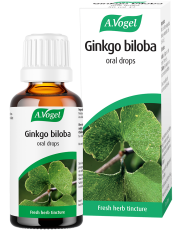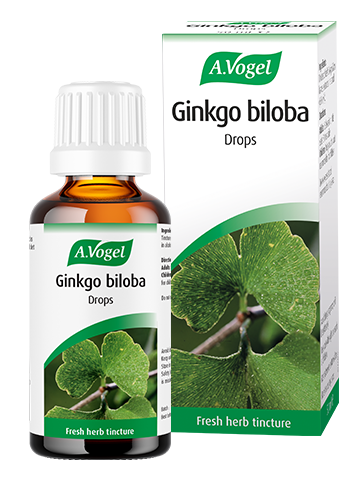How can I improve the circulation in my legs?
To improve the circulation in your legs, get moving with regular bouts of exercise. Small dietary changes are also helpful, including drinking more water, getting more vitamin C and drinking ginger tea. A massage, the herb Gingko and avoiding heeled, tight-fitting shoes can also improve circulation in the legs.
Ways to boost circulation in the legs
Let's take a closer look at 7 ways you can improve the circulation in your legs and how each of them can help:
1. Get moving
If you are looking for tips to improve the circulation in your legs then exercise, or movement in general is definitely the best place to start. This stimulates blood flow but, over time, can also have a positive impact on body weight. This is significant, as being overweight or obese is a fairly big risk factor for circulation issues in the legs such as varicose veins. Weak blood flow due to lack of activity can also affect the delivery of oxygen and nutrients throughout the body, which could result in symptoms such as stiffness in the legs.
Any form of exercise will be beneficial for circulation in the legs, provided it is done on a regular basis. Some quick options include flexing your legs while sitting or doing arm exercises between emails. In between inactive periods, try jumping around, walking up the stairs or doing a loop in the garden.
For anyone who spends long hours sitting at a desk, check out my blog on leg exercises to do at your desk for more tips and advice!
2. Make small dietary changes
Another important factor in the circulatory health of our legs is diet.
Vitamin C is something to focus on as this helps to strengthen capillary walls which, in turn, supports the flow of blood through the body. This nutrient is, of course, found in peppers, oranges, brussels sprouts, potatoes and more! Our Nature C tablets are also a good option as the vitamin C here is from natural sources which is easily absorbed by the body.
Also, try using more ginger and garlic in your cooking, as both of these can help circulation. You can check out lots of our healthy recipe ideas over on the food hub for more inspiration on meals to cook with these ingredients.
3. Try Ginkgo
When it comes to using remedies to support your circulation, Ginkgo biloba may be one to try, as this can improve blood flow throughout the body.
In research, for example, Ginkgo has been shown to improve microcirculation. This refers to the link between blood and cells and it is through this that single cells are supplied with oxygen and nutrients. (1)
Ginkgo biloba drops & tablets

4. Increase your water intake
A steady intake of plain, still water will support good circulation throughout the body, including in the legs. In particular, warm water is thought to be good for circulation as chilled water can cause veins to contract.
To up your water intake, keep some with you at all times in a flask. To make it more flavoursome, add a bit of mint or some freshly chopped fruit.
5. Massage
Massage is actually really effective in stimulating circulation – I wrote about this a little while back in my blog 'Boost your circulation with massage therapy'.
The treatment helps to move blood through the body and, in doing so, enhances overall blood flow. You may find that this goes on to improve issues such as cold hands and feet, achiness in the legs and tension in the leg muscles.
You can give your own feet and legs a gentle massage to improve circulation, perhaps whilst applying a natural moisturiser, for example. Alternatively, book yourself in for a massage treatment and discuss any particular health problems with the practitioner beforehand.
6. Choose your footwear carefully
Footwear can have a really big impact on circulation in the legs. Tight-fitting shoes, for one, are likely to reduce circulation in the lower extremities. Heels can also be a problem, as the reduction in calf movement associated with wearing high heels makes it harder for blood to defy gravity and travel upwards. Wearing these on a regular basis can, therefore, lead to circulation problems like varicose veins.
So, ensuring your shoes fit well before purchasing is a must. If you do favour styles that are heeled or tight, avoid wearing them every day. Instead, have a flat and comfy pair to alternate with. It would also be helpful to do some foot flexing or running on the spot when you take tight or heeled shoes off, to get the circulation going again.
7. Drink herbal teas
Ginger can help to encourage blood flow, making this variety of tea particularly helpful in supporting circulation in the legs. You could try making your own with some fresh ginger or take your pick from the many natural varieties now available.
For more advice on what kind of drinks support circulation, have a look at my blog on the topic!







